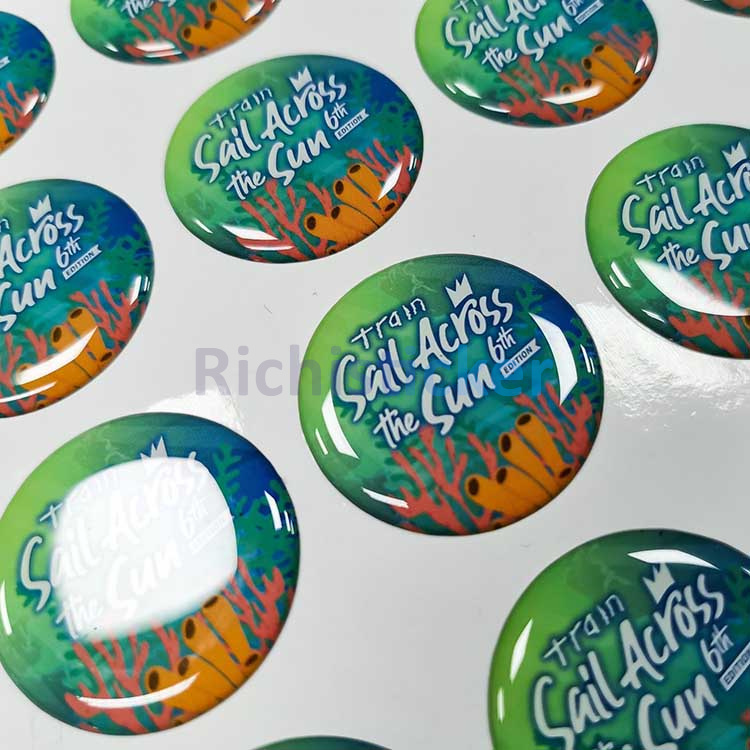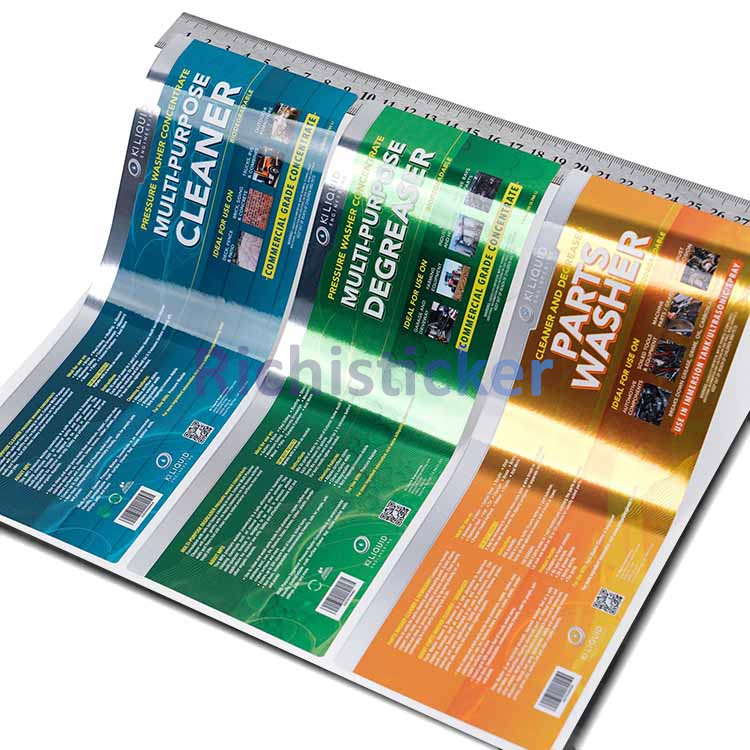The Foundation of Custom Labels: Understanding Essential Label Printing Techniques
In the vast world of product branding, custom labels are often the first point of contact between your brand and the consumer. At the heart of every great label lies a precise and effective label printing process. Far beyond just applying ink to paper, modern label printing techniques encompass a range of sophisticated methods designed to bring your brand's vision to life with stunning clarity and durability.
What is Label Printing?
At its core, label printing is the process of transferring a digital design onto a physical label material. This crucial step determines the label's aesthetics, color accuracy, and overall quality. Depending on the project's requirements, volume, and material choice, different printing methods are employed to achieve optimal results.
Key Label Printing Techniques
While the options are diverse, two primary methods dominate the custom label printing landscape:
1. Digital Label Printing: This method is ideal for short to medium runs and variable data printing. It uses digital files directly, eliminating the need for plates, making it incredibly flexible and cost-effective for customized labels with intricate designs or frequent design changes. Digital printing offers exceptional color vibrancy and sharp detail, perfect for product labels where visual appeal is paramount.
2. Flexographic (Flexo) Printing: A workhorse for large volume label printing, Flexo uses flexible relief plates to transfer ink. It's renowned for its high speed and ability to print on a wide range of materials, including various plastics and papers. Flexo is highly efficient for durable labels and industrial labels, providing consistent quality for extensive production runs.
Benefits of Professional Label Printing
Choosing the right label printing partner means unlocking numerous advantages for your brand:
Unmatched Customization: From unique shapes and sizes to specific color palettes, printing allows for complete design freedom.
Superior Color Accuracy: Advanced printing technologies ensure your brand colors are consistent and true, maintaining brand integrity across all products.
Durability and Resilience: Paired with the right materials and finishes, printed labels can withstand harsh environments, moisture, and abrasion.
Cost-Effectiveness: Different printing methods offer optimized solutions for various order volumes, ensuring quality without unnecessary expense.
Applications Across Industries
Effective label printing is essential across virtually every sector. From food and beverage labels that entice consumers, to cosmetic labels that reflect luxury, and industrial labels that demand clarity and resilience, the right printing technique ensures your product's identification and branding are always impactful.
When considering your next batch of custom labels, understanding the foundational aspects of label printing is key to achieving a powerful and lasting impression.
In the vast world of product branding, custom labels are often the first point of contact between your brand and the consumer. At the heart of every great label lies a precise and effective label printing process. Far beyond just applying ink to paper, modern label printing techniques encompass a range of sophisticated methods designed to bring your brand's vision to life with stunning clarity and durability.
What is Label Printing?
At its core, label printing is the process of transferring a digital design onto a physical label material. This crucial step determines the label's aesthetics, color accuracy, and overall quality. Depending on the project's requirements, volume, and material choice, different printing methods are employed to achieve optimal results.
Key Label Printing Techniques
While the options are diverse, two primary methods dominate the custom label printing landscape:
1. Digital Label Printing: This method is ideal for short to medium runs and variable data printing. It uses digital files directly, eliminating the need for plates, making it incredibly flexible and cost-effective for customized labels with intricate designs or frequent design changes. Digital printing offers exceptional color vibrancy and sharp detail, perfect for product labels where visual appeal is paramount.
2. Flexographic (Flexo) Printing: A workhorse for large volume label printing, Flexo uses flexible relief plates to transfer ink. It's renowned for its high speed and ability to print on a wide range of materials, including various plastics and papers. Flexo is highly efficient for durable labels and industrial labels, providing consistent quality for extensive production runs.
Benefits of Professional Label Printing
Choosing the right label printing partner means unlocking numerous advantages for your brand:
Unmatched Customization: From unique shapes and sizes to specific color palettes, printing allows for complete design freedom.
Superior Color Accuracy: Advanced printing technologies ensure your brand colors are consistent and true, maintaining brand integrity across all products.
Durability and Resilience: Paired with the right materials and finishes, printed labels can withstand harsh environments, moisture, and abrasion.
Cost-Effectiveness: Different printing methods offer optimized solutions for various order volumes, ensuring quality without unnecessary expense.
Applications Across Industries
Effective label printing is essential across virtually every sector. From food and beverage labels that entice consumers, to cosmetic labels that reflect luxury, and industrial labels that demand clarity and resilience, the right printing technique ensures your product's identification and branding are always impactful.
When considering your next batch of custom labels, understanding the foundational aspects of label printing is key to achieving a powerful and lasting impression.




